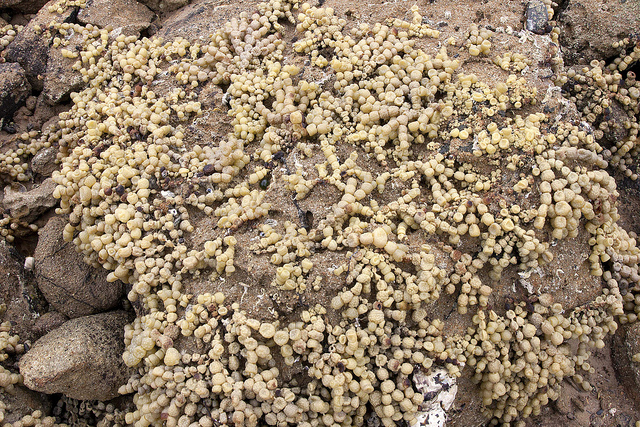Case study – Responding to a marine biosecurity risk

Through MPI’s routine surveillance for high-risk marine organisms, four individual sea squirts Styela clava (Clubbed tunicate) were found in Picton’s inner marina in June 2013, two of which were reproductively mature. Clubbed tunicate is an invasive sea squirt which poses a significant threat to New Zealand’s native marine ecosystems and aquaculture industry. Clubbed tunicate is thought to be native to the northwest Pacific, including Korea, Japan, Northern China and Siberia. 1776
The sea squirt is a filter feeder that can compete successfully with native species for food and space. 1777 Clubbed tunicate is a hardy species, capable of withstanding salinity changes and temperature fluctuations. 1778 It may also feed on the larvae of native species and has been attributed to their population declines overseas. 1779 The Ministry for Primary Industries assessed Clubbed tunicate as having the potential to reduce local biodiversity and to overgrow biotic and abiotic structures, but the degree to which this occurs varies geographically. 1780 In addition, Clubbed tunicate feeding on plankton may alter the availability of this food resource for other organisms.
The Clubbed tunicate was first detected in Auckland in 2005 and spread to various ports of New Zealand, including Nelson, Lyttelton, Whangarei, Dunedin and Porirua. Three pathways were most likely to have caused its spread from source locations to other areas in New Zealand: recreational vessels, commercial shipping and aquaculture activities associated with mussel farming. 1781 The man-made structures and substrate underneath the mussel farms, such as shell hash, provide suitable habitat for the pest to establish within the Picton region and could enable the animal to rapidly spread throughout the Marlborough Sounds.
A joint-agency response was established including the Marlborough District Council, MPI, the Port of Marlborough and the Marine Farming Association. All these organisations belong to the Top of the South Marine Biosecurity Partnership. In late June, a dive survey was carried out in Picton’s marina. Ninety-nine Clubbed tunicate were detected and removed by hand. Additionally, people were asked to voluntarily not move their vessels from the Picton marina. This was for the period of time between the initial discovery and the first survey to ensure that any sea squirts attached to boat hulls were not moved to other locations.
A long-term management plan was then developed by the Marlborough District Council, MPI and the Marine Farming Association. The plan involves at least two annual dive surveys (in addition to the routine Marine High Risk Site Surveillance work) as well as increased communication to vessel owners. The long-term management effort aims to suppress the Clubbed tunicate population in Picton and prevent it from reaching mussel farms.
This joint-agency response marks the first marine biosecurity response in which the Council, MPI and industry are working in partnership to manage a marine pest and demonstrates the value of having collaborative relationships already in place to enable a rapid multi-pronged response. It highlights the importance of having a robust surveillance programme underway and how critical it is for boaties to ensure vessel hulls are clean.
-
Some of the information for this case study has been provided by MPI staff
-
http://www.marlborough.govt.nz/Your-Council/News-Notices/Media-Archive/Media-Archive-2013/Sea-Squirt.aspx
-
http://jncc.defra.gov.uk/page-1722
-
http://www.cabi.org/isc/datasheet/62274
-
http://www.biosecurity.govt.nz/files/pests/seasquirt/styela-clava-oia.pdf
-
http://www.biosecurity.govt.nz/files/pests/salt-freshwater/styela-clava-population-management.pdf
Last updated at 1:31PM on February 25, 2015